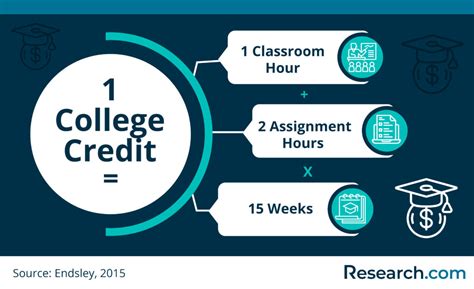Navigating college requires careful planning, and determining the optimal course load is crucial for academic success, well-being, and financial planning. The number of credits you take per semester significantly impacts your workload, schedule, and overall campus experience.

Factors to Consider
Determining the ideal credit load involves several key factors:
-
Major and Course Requirements: The requirements for each major vary, dictating a minimum number of credits needed to graduate.
-
Time Management: Your ability to manage time effectively, juggle multiple assignments, and maintain a balance with extracurricular activities or employment.
-
Learning Style: Consider your learning pace, capacity for studying, and preferred pace of engagement with course material.
-
Goals and Motivations: Determine your overall academic goals, whether you aim to graduate early, maintain a high GPA, or explore multiple interests.
-
Financial Considerations: Course fees are often charged per credit, so it’s essential to consider your budget and financial resources.
Credit Load Guidelines
According to the National Center for Education Statistics (2019), full-time undergraduate students typically enroll in 12-15 credits per semester. The ideal load for individual students, however, can vary widely:
-
12-15 credits: Considered a typical full-time load, best suited for students with good time management skills and a manageable workload.
-
16-18 credits: A heavier workload suitable for highly motivated students with excellent time management and study habits.
-
9-11 credits: A part-time load that allows students to balance academic responsibilities with work or other commitments.
-
Less than 9 credits: Typically enrolled by students pursuing part-time degrees or those with significant external responsibilities.
Benefits and Drawbacks
Benefits:
- Accelerated Degree Completion: Taking a heavier course load can shorten the time to graduation.
- Increased Flexibility: Taking fewer credits allows for greater flexibility in scheduling and extracurricular activities.
- Improved Time Management: Managing a heavier workload enhances time management skills.
Drawbacks:
- Workload and Stress: Excessive course loads can lead to high levels of stress and burnout.
- Academic Performance: Taking too many credits can compromise academic performance and GPA.
- Limited Extracurricular Activities: A heavy course load may restrict time for extracurricular activities, clubs, or social events.
Tips and Tricks
- Start Gradually: Begin with a manageable course load and gradually increase it as you adapt to college life.
- Prioritize Coursework: Identify the most important courses and allocate more time and effort to them.
- Seek Support: Utilize campus resources such as tutoring, academic advising, and counseling to navigate challenges.
- Take Breaks: Schedule regular breaks and engage in activities that reduce stress and refresh your mind.
- Stay Organized: Maintain a structured schedule, keep track of assignments, and avoid procrastination.
Conclusion
Determining the ideal number of credits to take per semester in college is a personal decision that requires careful consideration. By assessing factors such as major requirements, learning style, and personal goals, students can optimize their course load for academic success, well-being, and a fulfilling campus experience.
Tables
| Course Load | Typical Enrollment | Benefits | Drawbacks |
|---|---|---|---|
| Full-Time (12-15 credits) | Most undergraduates | Accelerated degree completion, structured schedule | Potential for stress and heavy workload |
| Part-Time (9-11 credits) | Students with other commitments | Flexibility, balance with work or activities | Longer time to graduation |
| Lighter Load (Less than 9 credits) | Part-time degree seekers, students with external responsibilities | Focus on specific courses, time for other pursuits | Slower degree completion |
| Heavier Load (16-18 credits) | Highly motivated students | Potential for accelerated graduation | Increased stress and workload, risk of lower grades |
| Factor | Considerations |
|---|---|
| Major Requirements | Coursework needed to fulfill degree requirements |
| Time Management | Ability to juggle assignments and commitments |
| Learning Style | Preferred pace and method of studying |
| Goals and Motivations | Academic ambitions, graduation timeline |
| Financial Considerations | Cost of tuition and other expenses |
| Benefits | Drawbacks |
|---|---|
| Accelerated degree completion | Heavy workload and stress |
| Increased flexibility | Limited extracurricular activities |
| Improved time management | Risk of burnout |
| Tips and Tricks |
|---|
| Start gradually with a manageable course load |
| Prioritize coursework and allocate time effectively |
| Seek academic support and counseling when needed |
| Take regular breaks to reduce stress |
| Maintain organization and avoid procrastination |
